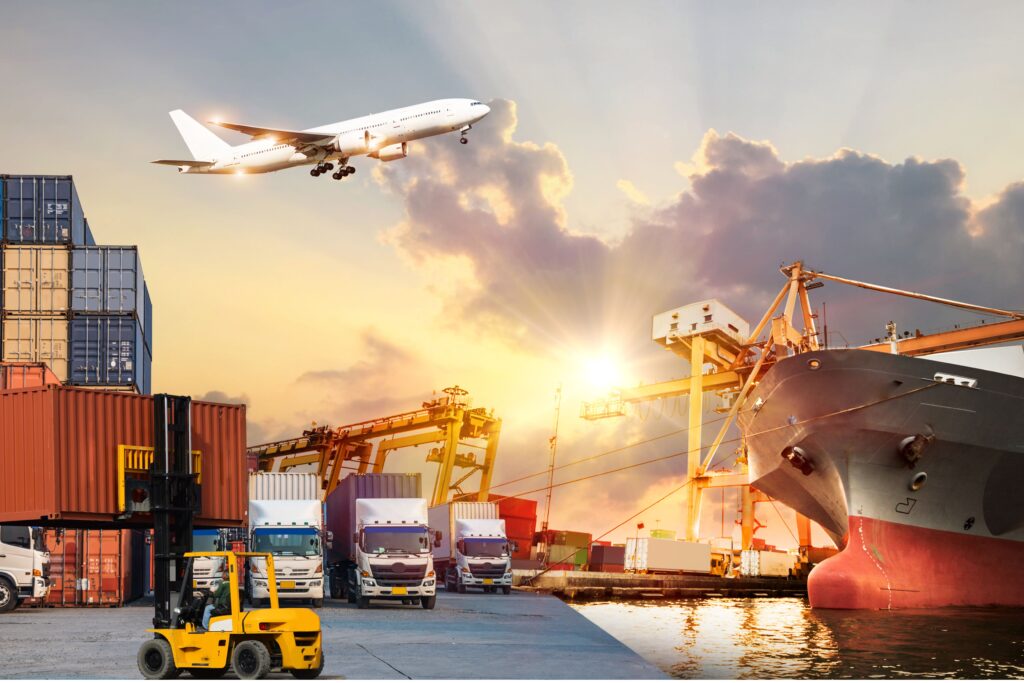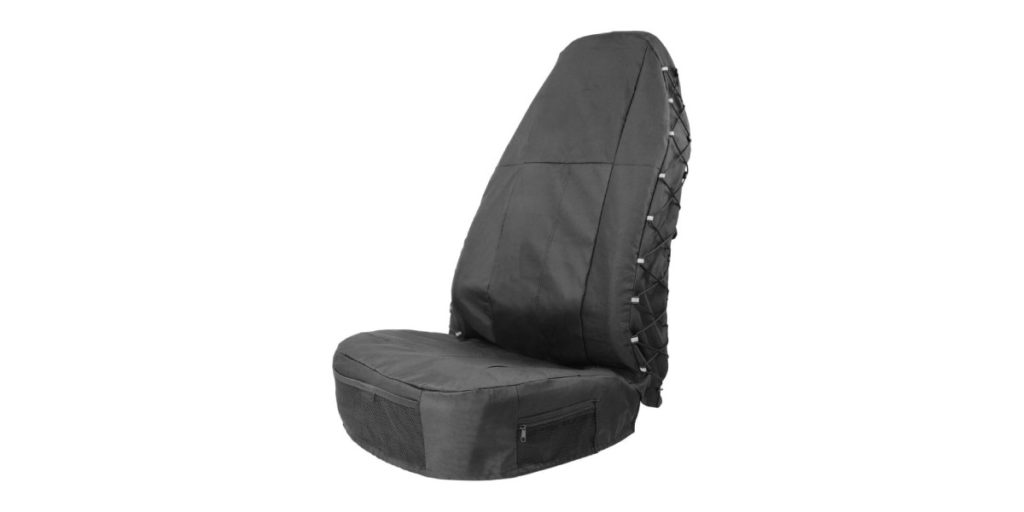The Wheels of Global Trade: Unraveling Freight Logistics
Freight logistics, my friends, is the art and science of efficiently managing the flow of goods from point A to point B. It’s like conducting a symphony where the conductor must harmonize various modes of transportation such as road, rail, air, and maritime. Ah, what an intricate dance it is!
Without it, our beloved global trade would grind to a halt like a rusty cog in a vast machine. Think about it: every time you order that trendy new gadget online or eagerly await the arrival of those exotic fruits from far-off lands at your local grocery store, it’s freight logistics that makes it all possible.
It connects producers and consumers across continents and oceans. Freight logistics keeps those wheels turning and our economies thriving.
Road Transport
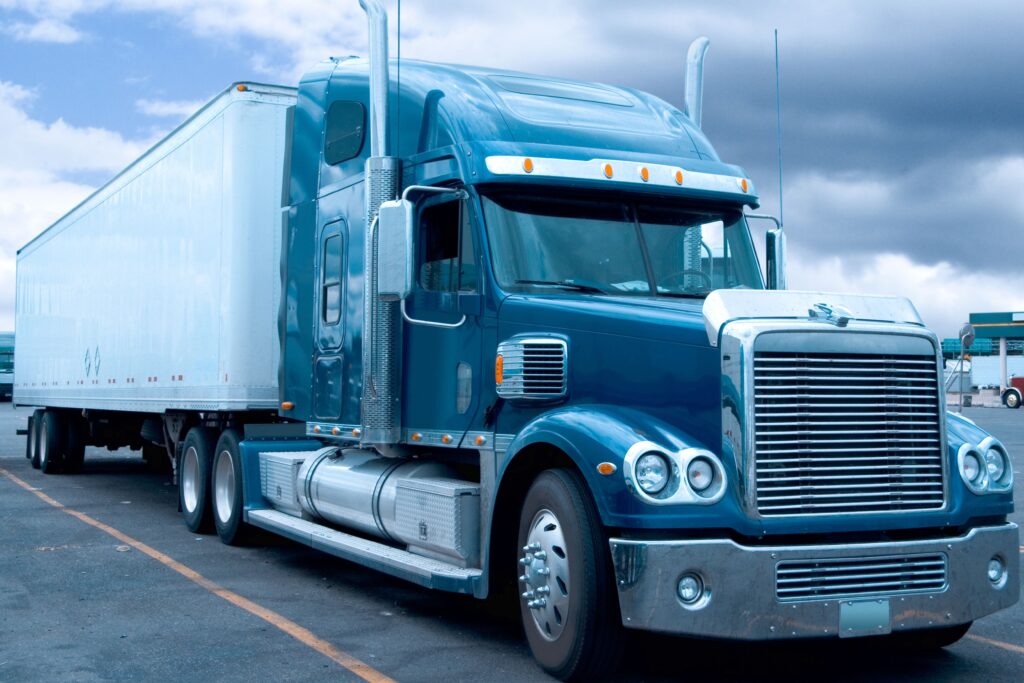
When it comes to freight logistics, road transport proves to be the backbone of the industry. Trucks and trailers are the workhorses that tirelessly carry goods from point A to point B, traversing vast networks of highways and byways. These mighty giants are capable of carrying a wide variety of cargo, ranging from consumer goods to raw materials.
In the world of freight trucking, we encounter two distinct terms – LTL (Less Than Truckload) and FTL (Full Truckload). LTL shipments refer to those where a single truck carries multiple smaller freight loads belonging to different shippers.
On the other hand, FTL shipments involve a single shipper occupying an entire truck with their consignment. While LTL offers cost efficiency for smaller shipments, FTL ensures faster transit times as it eliminates intermediate stops.
Rail Transport
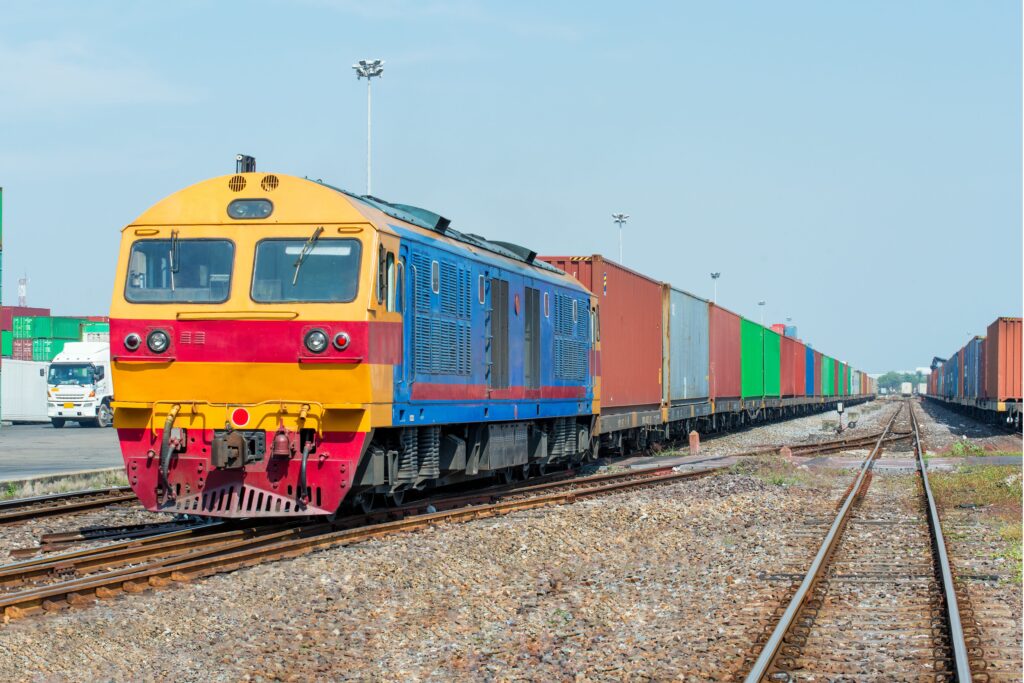
Rail transport has long been an integral part of freight logistics and plays a crucial role in long-distance haulage. With its ability to carry large volumes over vast distances, trains are often favored when it comes to moving heavy or bulk cargo.
One key innovation in rail freight is containerization – the process where standardized shipping containers are loaded onto trains for seamless transportation across different modes. This intermodal solution allows for smoother transfers between road, rail, and maritime transport without having to unload individual items from one container into another.
The advantages of rail transport include its eco-friendliness due to lower carbon emissions per ton-mile compared to trucks, as well as its reliability for long-haul shipments. However, challenges such as limited connectivity between rail lines and the need for efficient last-mile solutions exist within this mode.
Air Transport
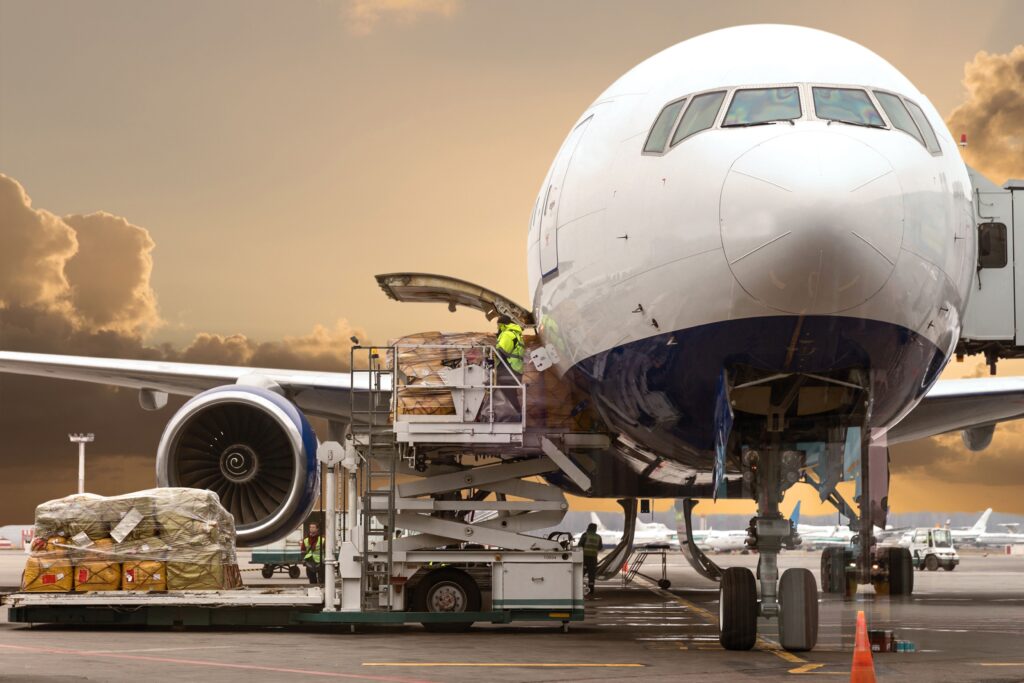
When time is of the essence, air transport takes center stage in freight logistics. Air cargo operations provide unparalleled speed and efficiency, ensuring time-sensitive shipments reach their destinations swiftly. From small packages to oversized cargo, freight is loaded onto planes equipped with carefully designed cargo holds that maximize space utilization.
Moreover, express delivery services have emerged as game-changers within the air transport sector. Couriers such as DHL, FedEx, and UPS specialize in providing swift door-to-door delivery solutions for urgent shipments.
While air transport offers unbeatable speed, it comes at a higher cost compared to other modes of transportation. Additionally, the capacity limitations of aircraft mean that certain oversized or bulky items cannot be transported via this mode.
Maritime Transport
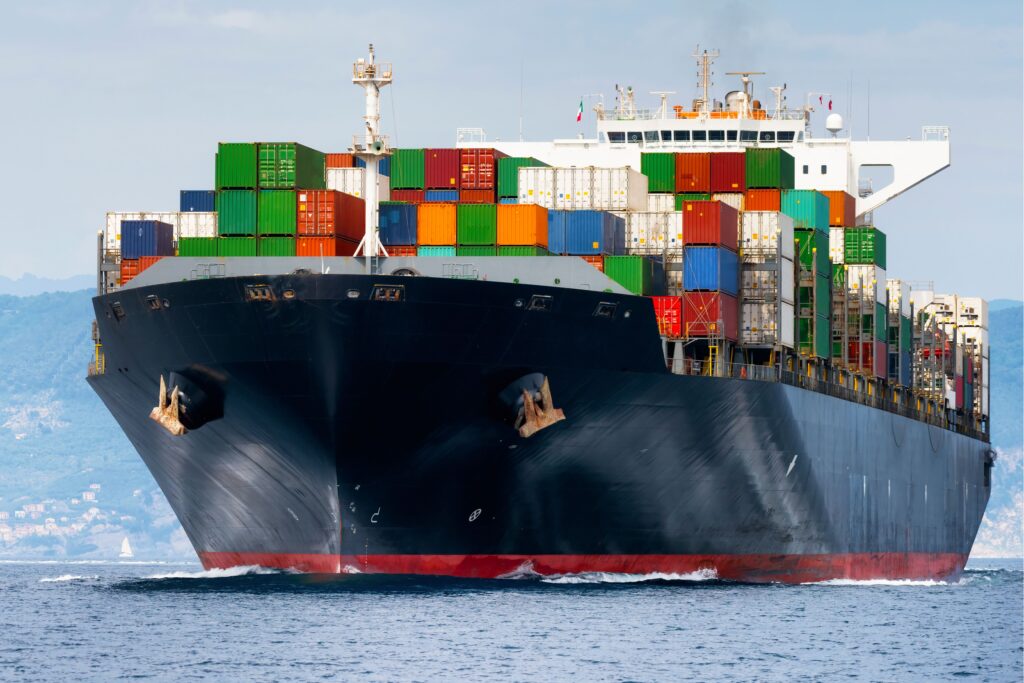
Maritime transport is synonymous with container shipping – a phenomenon that revolutionized global trade. A plethora of container types exists to accommodate various types of cargo ranging from dry goods to refrigerated items (reefer containers) or even hazardous substances (tank containers). These standardized units are loaded onto enormous container ships that traverse vast expanses of oceanic highways.
At each port along their journey, loading and unloading operations take place alongside meticulous stowage planning to ensure the efficient use of every inch of available space on board these mighty vessels. Shipping lines play a pivotal role in providing scheduled services while chartering agents facilitate specialized arrangements for unique shipment requirements.
Despite its slower transit times compared to air transport, maritime shipping remains essential for transporting high volumes of goods worldwide at a lower cost per unit. In an intricate dance between road trucks, trains on rail tracks, soaring planes in the sky, and colossal ships sailing across oceans freight logistics operates seamlessly through these diverse modes as they converge on one goal – delivering goods safely and efficiently to their final destinations.
Key Players in Freight Logistics

Shippers/Consignors
Shippers and consignors play a crucial role in the world of freight logistics. They are the ones who initiate the transportation process by entrusting their goods to carriers for delivery. Shippers can be categorized into various types, including manufacturers, wholesalers, and retailers.
Manufacturers are responsible for producing goods, while wholesalers act as intermediaries between manufacturers and retailers, distributing products in large quantities. Retailers are the final link in the supply chain, selling products directly to consumers.
Each type of shipper has its own unique requirements when it comes to freight logistics. They need to ensure that their goods are transported efficiently and safely to reach their intended destinations on time.
Responsibilities in Supply Chain Management
Shippers have significant responsibilities when it comes to supply chain management. They need to plan and coordinate every stage of the logistics process carefully. This includes activities such as inventory management, packaging, labeling, documentation preparation, and compliance with legal regulations related to freight transportation.
Shippers must also communicate effectively with carriers and other stakeholders involved in the transportation process to ensure smooth operations from start to finish. Additionally, they need to track shipments’ progress and take proactive measures if any issues arise during transit.
Carriers/Transportation Companies
In freight logistics, carriers or transportation companies are vital players responsible for physically moving goods from one location to another. There are two main categories of carriers: common carriers and contract carriers. Common carriers provide services available for public use by charging standard rates based on industry regulations.
They transport a wide range of commodities for various shippers across different routes using different modes like roadways (think freight trucking), railways, airways or waterways. On the other hand, contract carriers operate under specific agreements with shippers who require dedicated services on a regular basis.
They often specialize in specific industries or routes and usually work with long-term contracts. Contract carriers offer more flexibility to shippers in terms of customizing transportation solutions based on their unique requirements.
Role of Third-Party Logistics Providers (3PLs)
Third-Party Logistics Providers, commonly known as 3PLs, are independent companies that offer comprehensive logistics services to shippers. These providers specialize in managing all or parts of the logistics processes on behalf of their clients. 3PLs play an integral role in freight logistics by offering services such as transportation management, warehousing, inventory management, order fulfillment, and customs brokerage.
They leverage their expertise and industry knowledge to optimize supply chains and enhance operational efficiency for shippers. By partnering with 3PLs, shippers can benefit from cost savings, improved customer service, expanded market reach, and access to advanced technologies for tracking shipments in real-time.
3PLs act as intermediaries between shippers and carriers, ensuring seamless coordination between all parties involved. The key players in freight logistics encompass both shippers/consignors who initiate the transportation process and carriers/transportation companies responsible for physically moving goods from one location to another.
Additionally, third-party logistics providers (3PLs) offer specialized services to optimize supply chains and enhance operational efficiency for shippers. This collaborative ecosystem ensures the smooth flow of goods throughout the freight transportation process.
Supply Chain Management in Freight Logistics
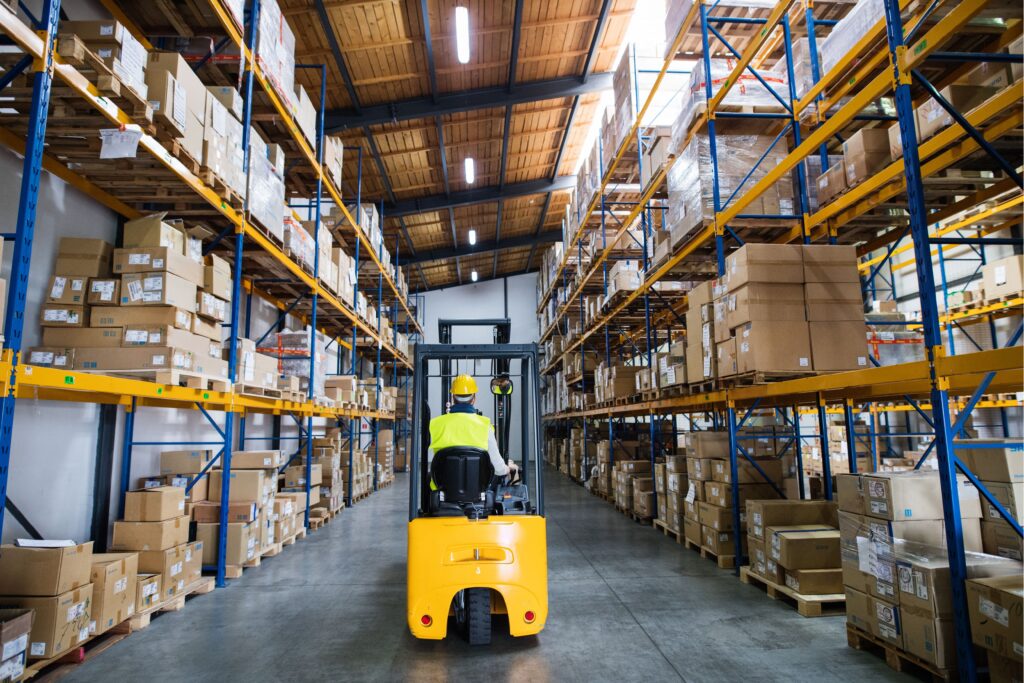
Warehousing and Inventory Management
When it comes to freight logistics, warehousing and inventory management play a crucial role in ensuring the smooth flow of goods. In this section, we will explore the different types of warehouses and various inventory control techniques used in the industry. Public warehouses are facilities owned by third-party logistics providers (3PLs) or government entities.
They offer storage space to multiple companies on a rental basis. Public warehouses are beneficial for businesses that have fluctuating storage needs or lack their own warehouse infrastructure.
On the other hand, private warehouses are exclusively owned and operated by individual companies to meet their specific storage requirements. Private warehouses provide more control over operations but often come with higher costs. To effectively manage inventory, various techniques are employed in freight logistics.
Just-in-Time (JIT) is a popular method where materials or products are delivered exactly when needed, minimizing holding costs while ensuring timely availability.
Economic Order Quantity (EOQ) is another widely used technique that calculates the optimal order quantity to balance inventory carrying costs and order setup costs. These techniques help optimize inventory levels and reduce wastage, contributing to overall efficiency in supply chain management.
Order Processing and Fulfillment
Order processing and fulfillment form another vital aspect of freight logistics. After receiving customer orders, efficient systems need to be in place to ensure accurate picking, packing, and delivery of goods.
Order picking methods vary depending on factors such as warehouse layout, product characteristics, and order volume. Some common methods include batch picking, where multiple orders with similar items are picked together; zone picking, which divides the warehouse into zones assigned to specific pickers; and wave picking that optimizes pick paths for increased efficiency.
Once orders are picked and packed correctly, they must be shipped promptly using appropriate transportation modes like freight trucking or air cargo services. Proper documentation, labeling, and tracking mechanisms are crucial during this stage to ensure visibility and traceability of shipments.
Conclusion
In the world of freight logistics, effective supply chain management is essential for businesses to stay competitive and meet customer expectations. By employing efficient warehousing strategies such as utilizing public or private warehouses and implementing inventory control techniques like JIT and EOQ, companies can optimize storage space, minimize costs, and reduce wastage. Additionally, streamlined order processing methods such as batch picking or zone picking contribute to faster fulfillment and improved customer satisfaction.
With the right systems in place, businesses can navigate the complexities of freight logistics smoothly while ensuring timely delivery of goods worldwide. So embrace these techniques, streamline your operations, and enjoy a seamless freight logistics experience!

